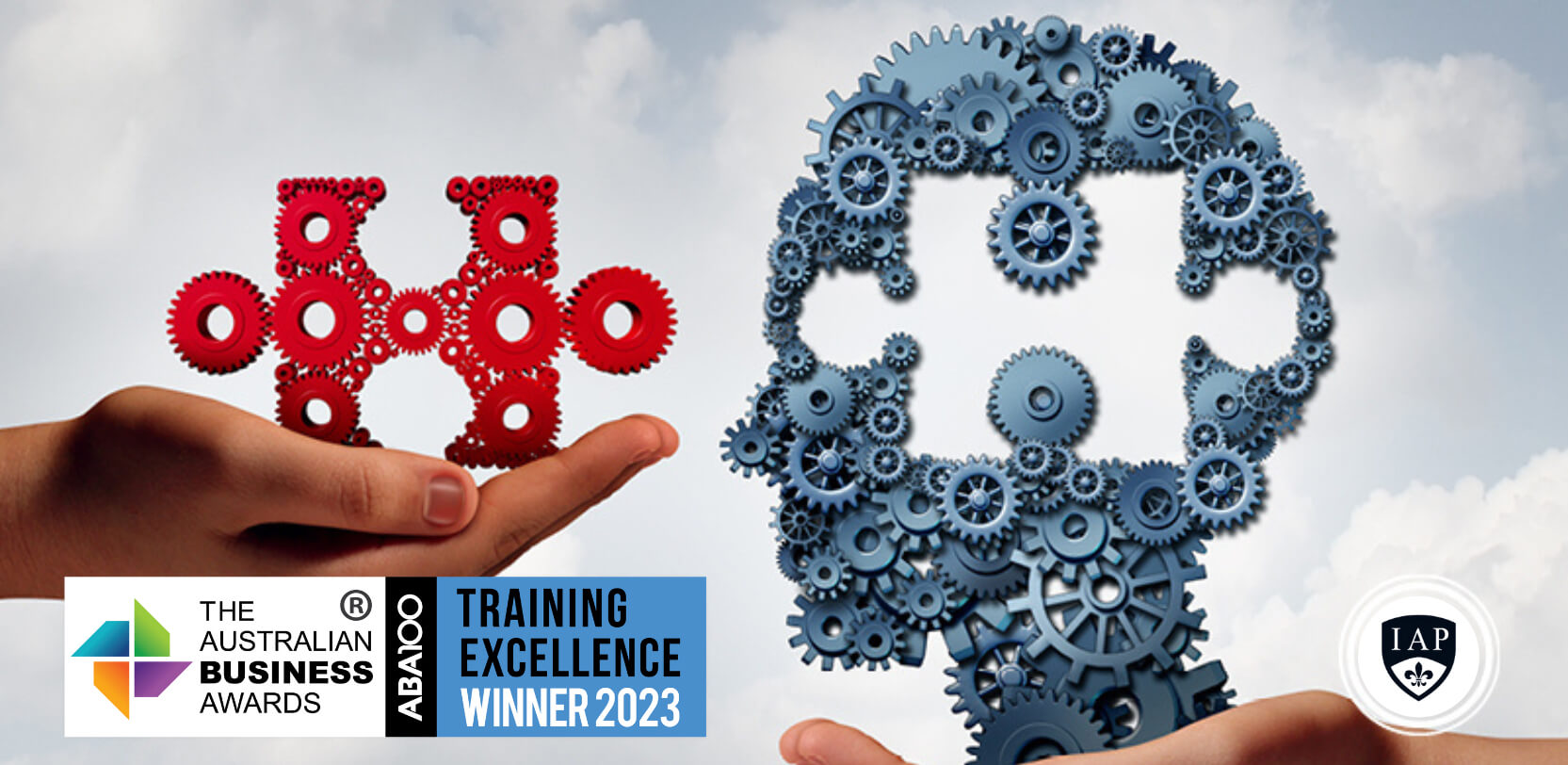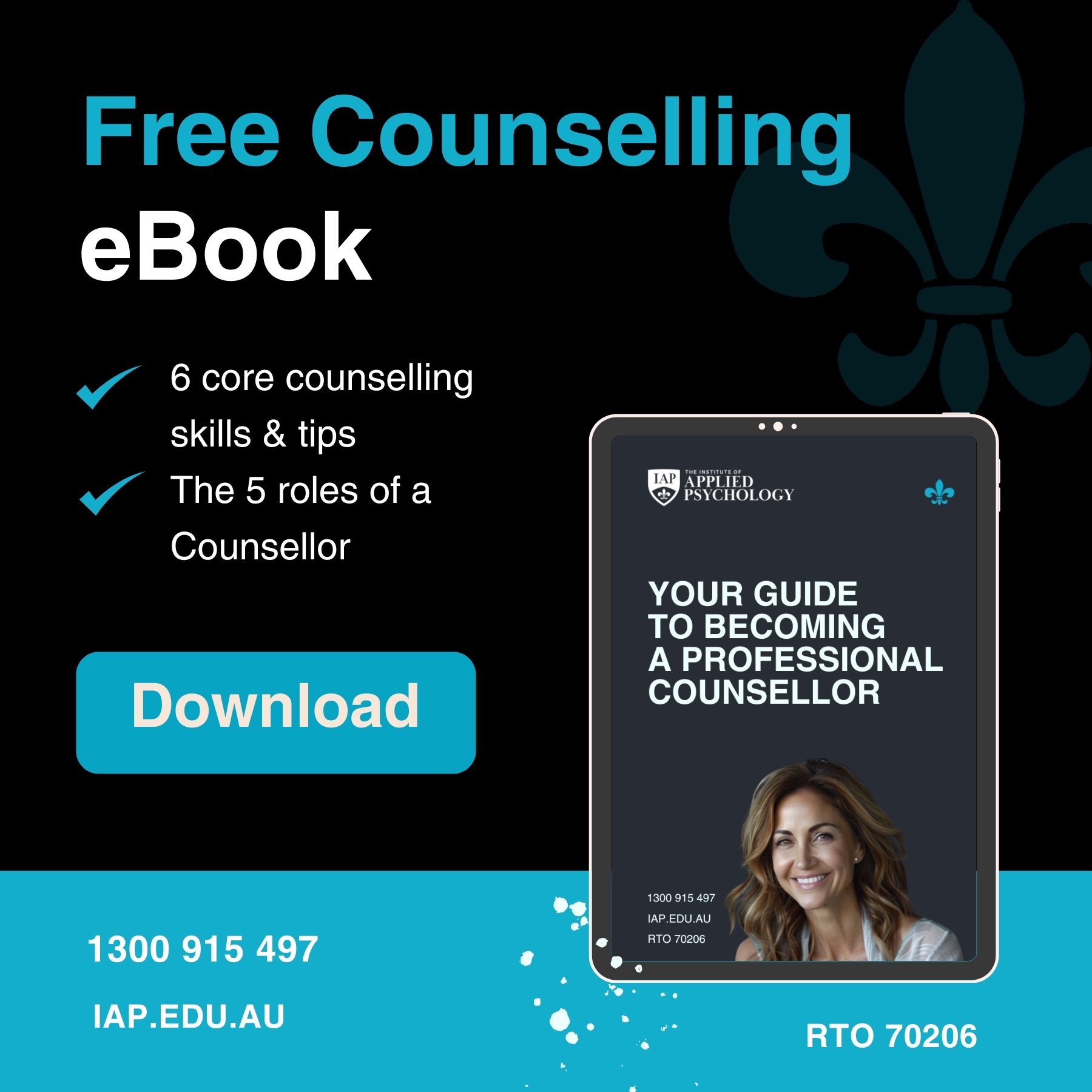7 NLP Techniques to help Improve Communication & Influence in Work and Life
Communication is at the heart of success, whether you’re managing a team, negotiating, or building relationships. NLP provides tools to enhance our ability to connect and influence others.
Top 7 NLP Techniques for Communication
-
Rapport Building
Technique: Match body language and tone.
Example: If you’re speaking with a client who talks calmly and slowly, you mirror their pace and relaxed tone. You subtly match their posture by sitting the same way. This helps them feel understood and comfortable.
-
Meta Model
Technique: Clarify vague language to avoid misunderstandings.
Example: A colleague says, “Everyone’s upset about the new policy.” You respond with, “Who specifically is upset?” and “What exactly about the policy is upsetting?” This helps uncover the real issue and clears assumption
-
Milton Model
Technique: Use conversational language patterns to influence gently.
Example: In a presentation, you say, “As you begin to think about how this solution fits into your goals, you may already notice how confident it feels to move forward.” This encourages agreement through indirect suggestion.
-
Anchoring
Technique: Create positive emotional associations during meetings.
Example: While celebrating a small win with your team, you smile, speak enthusiastically, and tap the table lightly. Later, when you tap the table again during a tense meeting, it can help bring back that positive, motivated state.
-
Swish Pattern
Technique: Change negative thought habits fast.
Example: A client always visualises failure before public speaking. You guide them to picture that negative image, then quickly replace it with a new image of them confidently delivering a great talk, over and over, until the confident image automatically replaces the old fear.
-
Reframing
Technique: View situations from different perspectives.
Example: A team member says, “I keep making mistakes.” You reframe it by saying, “It sounds like you’re really committed to learning and improving — that’s how mastery develops.”
-
Sensory Language
Technique: Use words that match the listener’s sensory preference (visual, auditory, kinesthetic).
Example: To a visually-oriented person, you might say, “Let me show you the big picture.” For an auditory person, “Let’s talk it through,” and for a kinesthetic person, “Let’s get a feel for how this will work.”
A Quick Checklist For Everyday Application
- Practice active listening daily
- Identify whether someone is visual, auditory, or kinesthetic
- Use positive framing in workplace feedback
- Set personal anchors for confidence before presentations
NLP techniques can help transform how you connect, influence, and lead—skills valuable in every aspect of life.
Are You Ready to Explore Your Path?
If you’re curious about learning NLP techniques, call 1300 915 497 and speak to one of our course advisors today.








